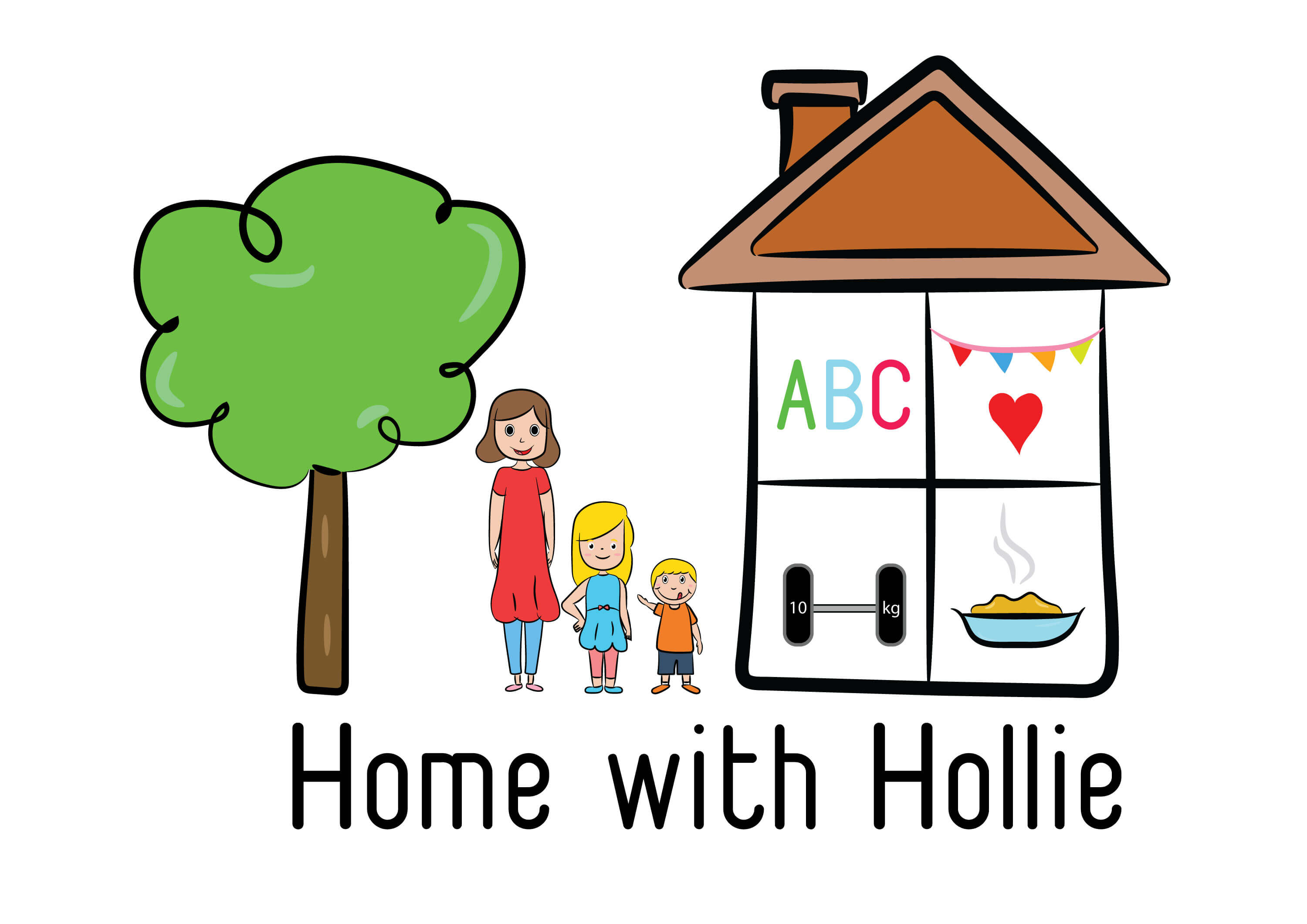
Sharing is caring!
Lego® bricks are an incredible tool for learning. Children generally love to play with legos so the engagement factor is almost instant with a lego learning activity. Lego bricks are tactile, hands-on, sensory, and visual which means they touch on a variety of learning styles and can help teach or reinforce many different concepts. One of the areas legos shine the most is when a child is learning about numbers with lego bricks.

Disclaimer: This blog post contains affiliate links. If you use them, I might be rewarded credit or a commission of the sale. Please note that I only recommend tools that I personally use and love and I always have my readers’ best interest at heart.
The Magic Toy
One of the most important toys your child can play with, legos have a mathematical foundation. Your child is playing and building and having fun, but they are also learning about halves and ratios, architectural concepts and numbers, skip counting and construction, problem solving and thinking skills and all of this magic is built right in to one tiny little brick.
I always recommend that parents start kids out with lego bricks as early as possible. Get the biggest lego bricks available, and let your child build. It is not wise to get a young child super difficult sets which you then build for him. It is always a good idea to get sets that your child can build herself, following the instruction guide provided.
This teaches your children visual perceptual skills, following instructions, thinking skills and improves fine motor skills and hand eye coordination. The more you can encourage your child to build with legos on his or her own – the more he or she will learn. That doesn’t mean you can’t help, it means you should only help when completely necessary!

Learning about Numbers with Lego Bricks
Lego bricks are concrete objects and young kids are much more capable of grasping abstract concepts like the number 9 when you can use a concrete object to teach the idea.
Counting. You can use legos to help your child learn about numbers in so many different ways. Start simple – build a tower. I haven’t met many young children who do not enjoy building towers. Count the bricks as you build. Count them again as you pick them all up off the floor.
Skip Counting. Once you’ve got tower building down cold, move on to skip counting with lego towers. Build mini towers in sets of two or five and then combine them together as you skip count. The post I linked explains this idea in more detail.
Number Recognition. If your child needs to work on number recognition, get my LEGO number cards and build the actual numbers using lego bricks! These cards also include counting, the number word, and one-to-one correspondence built in.
One-to-One Correspondence. This is an important mathematical concept that each item only gets counted once. You can teach this by touching each physical object one time as you count. With the Lego Number Cards, each square gets one lego as you count.
Adding and Subtracting. You don’t even have to verbalize this with your children or expect them to explain it. As they build lego structures, they are going to see that two bricks plus three bricks equals five bricks.
Fractions. At this young age, kids are already able to see that a one brick is half of a two brick, and a two brick is half of a four brick and so on. The bricks all come with little raised dots on them. That’s how they connect together, but its also part of the built-in math magic I talked about earlier.
Geometry. Lego bricks are three-dimensional. That means as your child is building and imagining, they are also learning a little bit about geometry. How shapes work and how 3D shapes work, and how those shapes fit together to make new shapes. When it comes time to explain what a cube is, all you will have to do is pull out a lego brick and it will click instantly. Use our Lego Build the Shapes cards to help you teach about shapes.
Even if your child can’t articulate this, playing with lego bricks is building neural pathways and “hooks” for mathematical learning that will serve your child well for years to come. If you don’t have lego bricks yet, I recommend a basic starter set of Duplo Lego bricks for younger kids and a classic Lego bricks starter set for kids over five.
LEGO® is a trademark of the LEGO Group of companies which does not sponsor, authorize or endorse this site
Related Posts
Circle Time for Preschool
Circle time for preschool is a wonderful way to begin your learning time together! Start…
July 12, 2021Fun Ways to Learn the Alphabet
Have you made any of the letter crafts yet? If you are looking for fun…
June 8, 2021

